At the Forefront of Climate Change
A visit to Ilulissat Icefjord Centre
✮✮✮✮✮
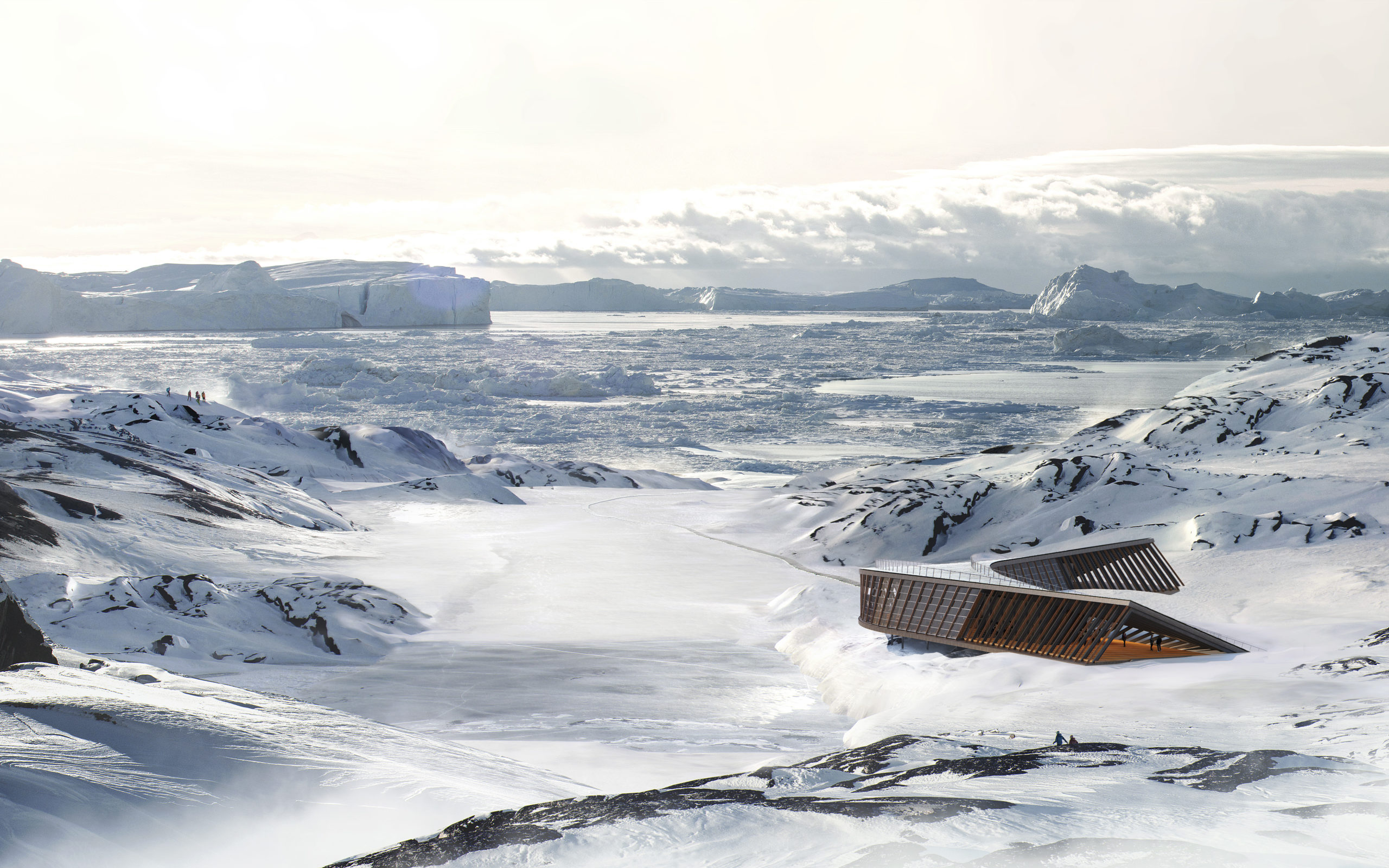
Foto: Mir
Ilulissat Icefjord Centre is located in the middle of what it wants to tell about: Ice. About 300 km north of the Arctic Circle we find Greenland’s third largest city, Ilulissat. The icefjord here is one of the world’s most spectacular nature areas and has provided an essential basis for understanding today’s climate change. Here is the most productive glacier on the northern hemisphere. Every year 45 billion cubic meters of ice, 10 percent of the total production from the Greenlandic ice cap, flows through the fjord. A 1950’s movie about life in the Disko Bay was therefore also given the descriptive title ‘Where the Mountains are Sailing’. At the mouth of the fjord is a protected area, Sermermiut, where the indigenous people settled thousands of years ago.
World Heritage
Since 2004, the Icefjord and Sermermiut have been on Unesco’s list of areas worthy of preservation, classified as World Heritage. It covers both natural and cultural heritage. With this status comes the obligation to protect the area, and to convey the qualities and values, that make the place a World Heritage Site. To manage especially the last task, an impressive Icefjord Centre has now been built on the southern outskirts of the city. It was inaugurated in the summer of 2021 and is the first of a number of visitor centers planned to be built in places worthy of preservation in Greenland. Right now, it’s all a bit on standby because of the corona, but the new center, as well as hotels and cruise operators are ready, and so are tourists from all over the world.
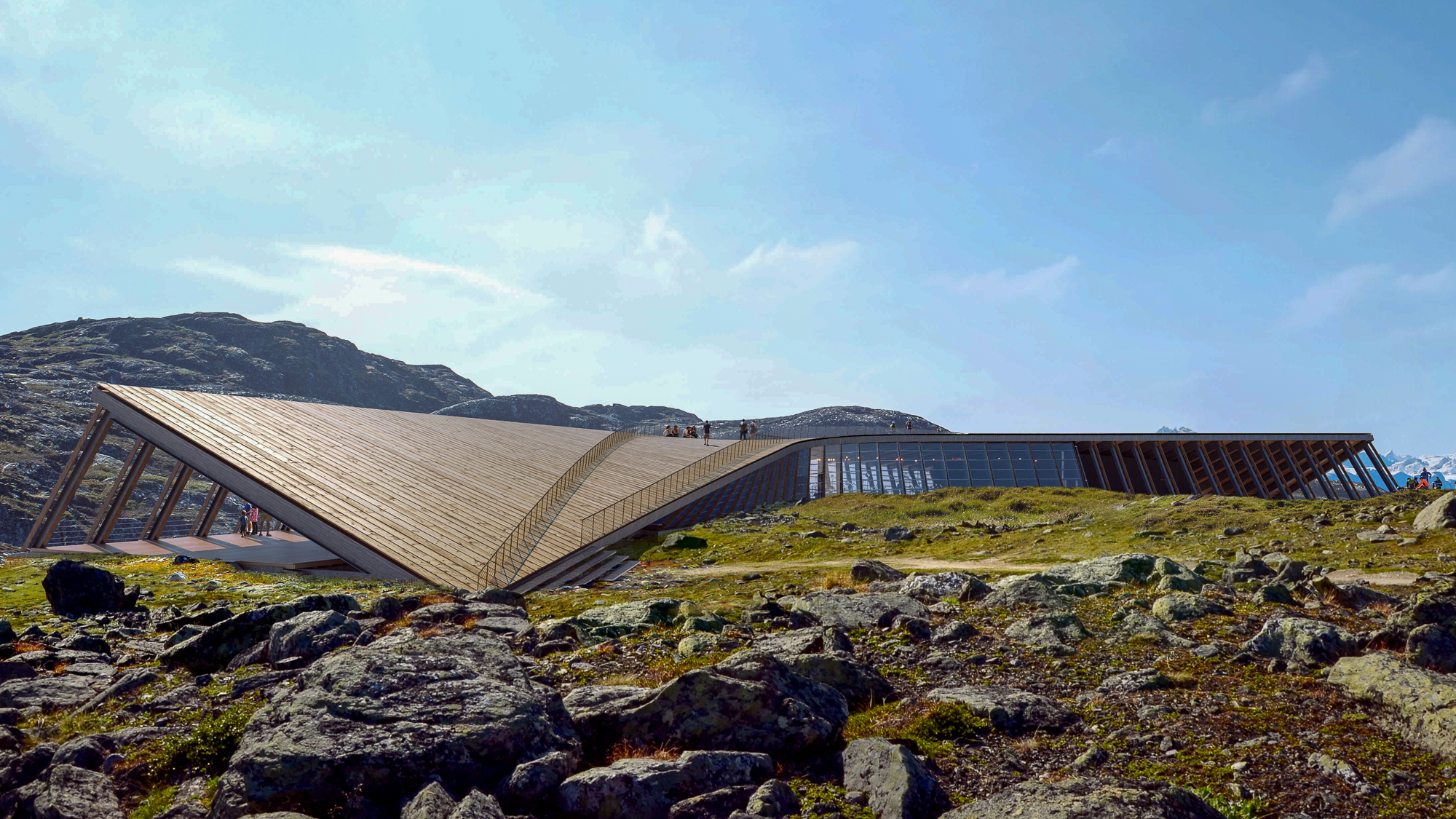
Foto: Mir
The Icefjord Centre itself is located on the outskirts of the city on the road to Sermermiut. From here, several hiking trails start to great sights in the area. Seen from above or from the nearby ridges, the building should resemble a snowy owl with outstretched wings in low flight over the landscape. Although it is an impressive piece of architecture, it slides undisturbed into the terrain. The building is designed with oblique angles everywhere, and the roof is shaped so you can get up and walk around it and from there get an overview of the surroundings. The visitor can thus take in the building and the area. Like you can with the Opera House in Oslo.
Ice and Life at the Forefront of Climate Change
Inside, the exhibition area is light and open, with a view of the surrounding nature through large glass walls. The exhibition is interdisciplinary, very pedagogically structured and succeeds well in balancing science, history and culture. It is framed by art installations, and nature and the landscape are constantly visible. We start in a small cinema hall, where a short video presents the cycle of water and ice, and ends with a sound installation where you can compare sound images from a number of different glaciers in motion. Many of the exhibition’s objects are encased in beautiful glass sculptures, like small icebergs.
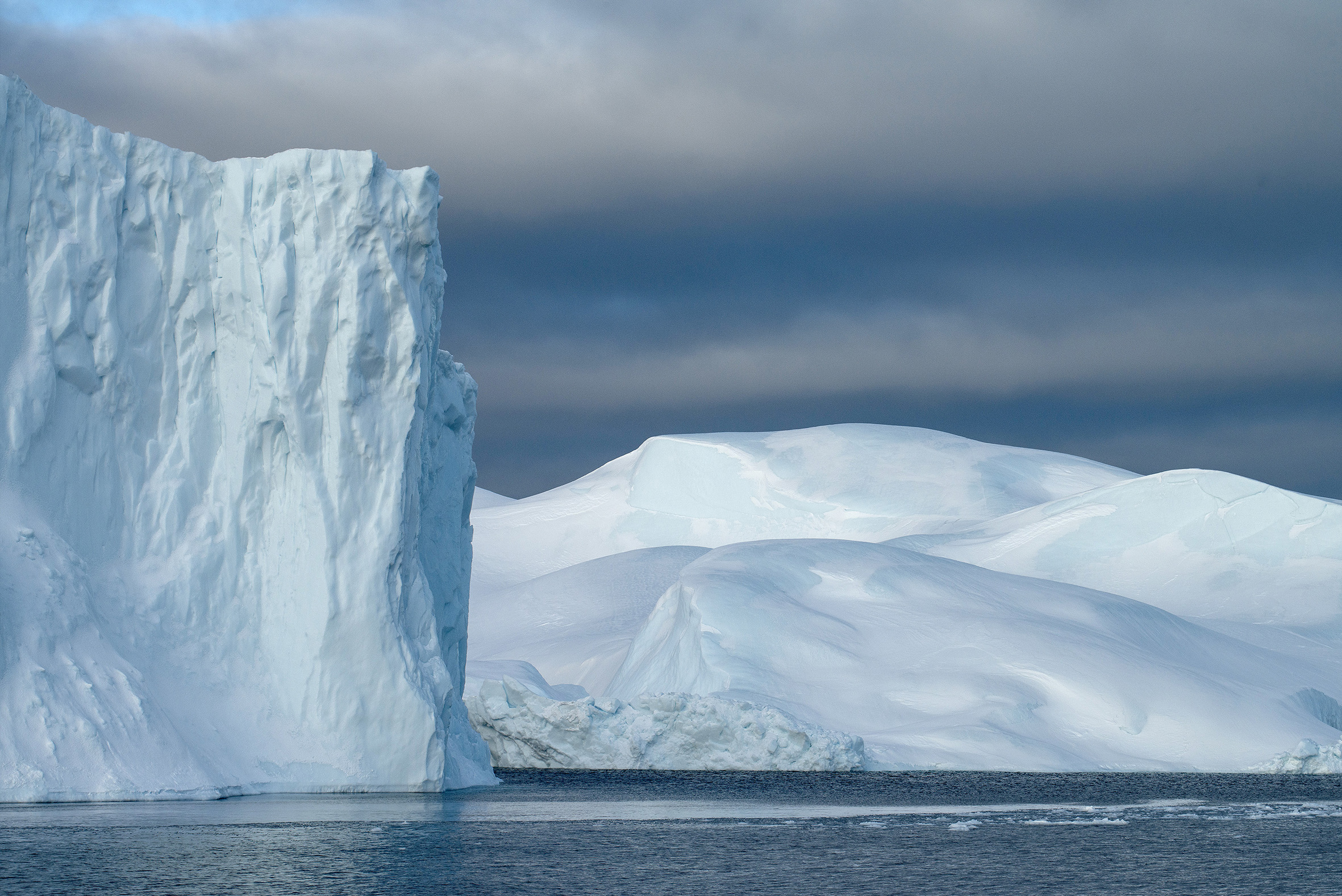
Foto: Jens V. Nielsen
The exhibition is built around three themes. The first theme we are presented with is the connection between ice and life: the landscape, plants, animals and humans. The exhibition shows the entire food chain and the importance of ice for this.
The ice remembers and tells
Another theme is the climate through the ages: the ice remembers and tells. The ice has been here for millennia, but the growing interest and award of World Heritage status has arisen mainly due to the dramatic climate changes, that the ice is helping to understand and put into perspective. Scientists talk about their work in retrieving detailed information about the climate of the past from the interior of the ice sheet, and we follow the whole story all the way back to the landscape as it was before the ice. This knowledge makes it possible to follow climate change closely and is therefore not only about the past, but also about what is happening now and what may be waiting.
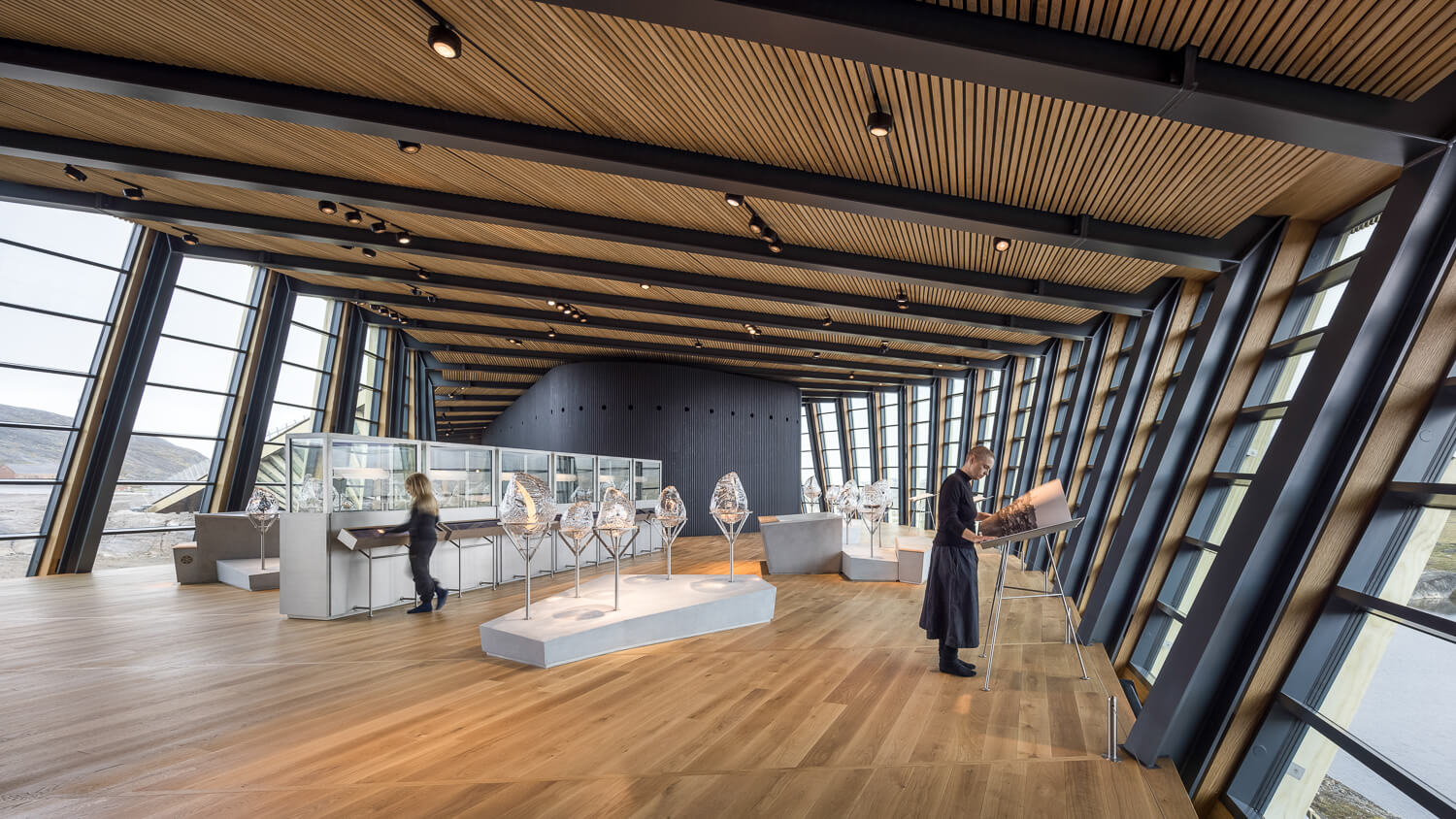
The Ice and Humans
Another theme is the ice and humans: man in the middle between nature and culture, history and not least the city, which is located here where the mountains are sailing. And the modern scientific narrative of the history of the ice and the climate is elegantly and respectfully compared with the myths and narratives of the indigenous people.
Next to the Front Line
After visiting the exhibition, you can head out into the area. The obvious trip is the hike out to the icefjord itself. A footbridge of just over a kilometer leads the tourists through the vulnerable landscape. The fjord is more than 1000 meters deep and extends 60 km from the inland ice to Disko Bay.
Since my wife and I lived here in the 1980s, the ice front line has retreated more than 10 miles. This is truly one of the front lines of climate change. The fjord is often densely packed with large icebergs, the largest of which are irregular ice cubes the size of up to one cubic kilometer. By far most of it underwater, of course, but the visible 10-15 percents really take up a lot of space. At the mouth of the fjord, large moraine banks on the seabed cause the huge icebergs to ground. Here they can lie for a long time before tides, melting and the pressure from newly arrived icebergs set them free.
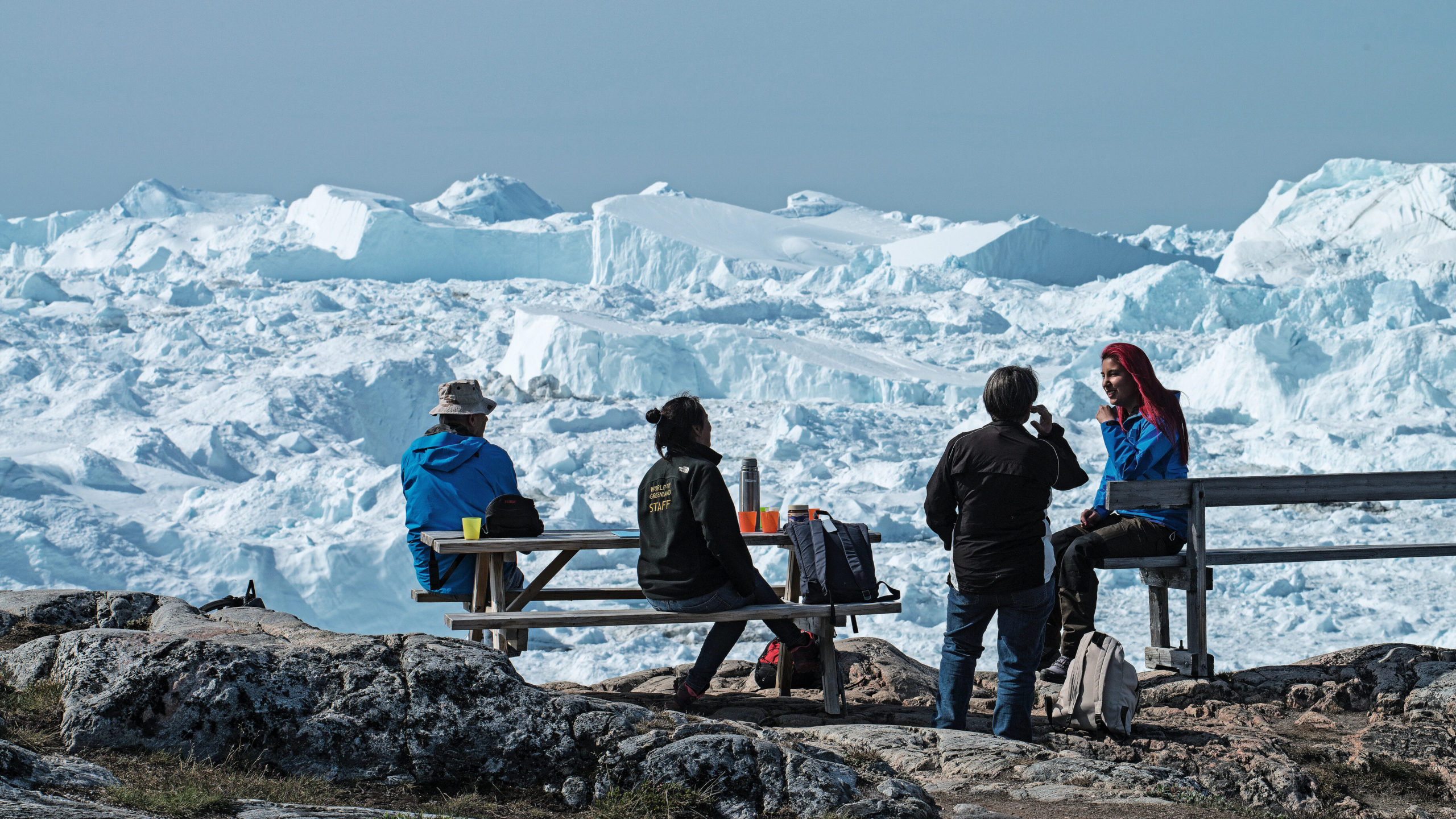
Foto: Jens V. Nielsen
Another possible walk goes from the Icefjord Centre past an area with sled dogs and continues to Holm’s Bakke, a vantage point from which there is a view further along the fjord. It is also from here you every year on January 13th can watch the sun return after the dark season.
Ilulissat and the new Icefjord Centre are definitely worth a visit. From May to July you can also experience the midnight sun here, and in the dark season there is a chance to see polar lights. From late November to mid-January, the sun stays below the horizon. Spring is the best time to try dog sledding.
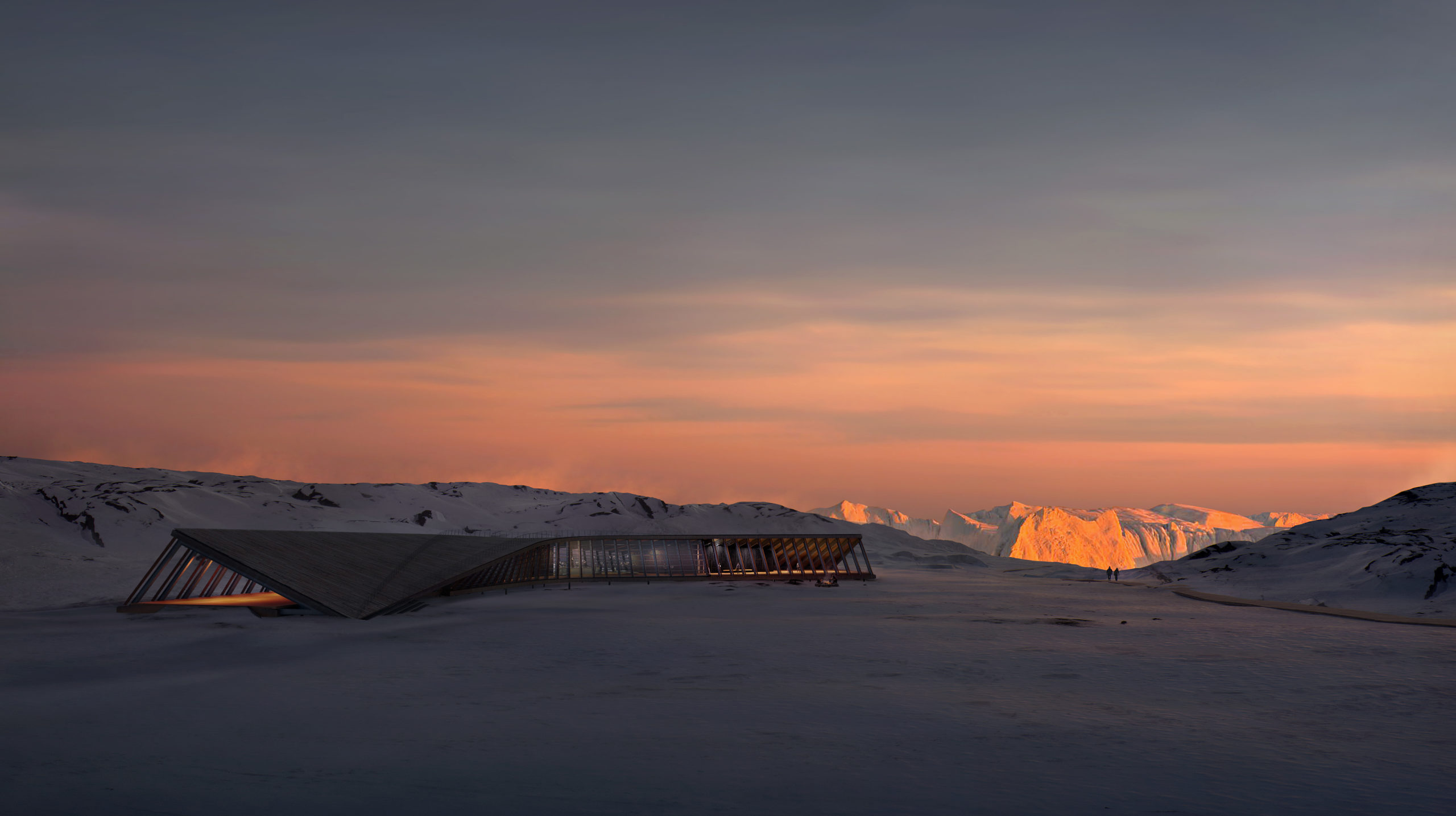
Foto: Mir
Facts:
The Icefjord Centre is run as a self-governing institution, and is built by a partnership consisting of the Greenland Self-Government, Avannaata Kommunia and the philanthropic foundation Realdania. The building was designed by Dorte Mandrup Arkitekter, who won an international architectural competition. Realdania’s website contains a lot of material about the area and about the creation of the Icefjord Centre.
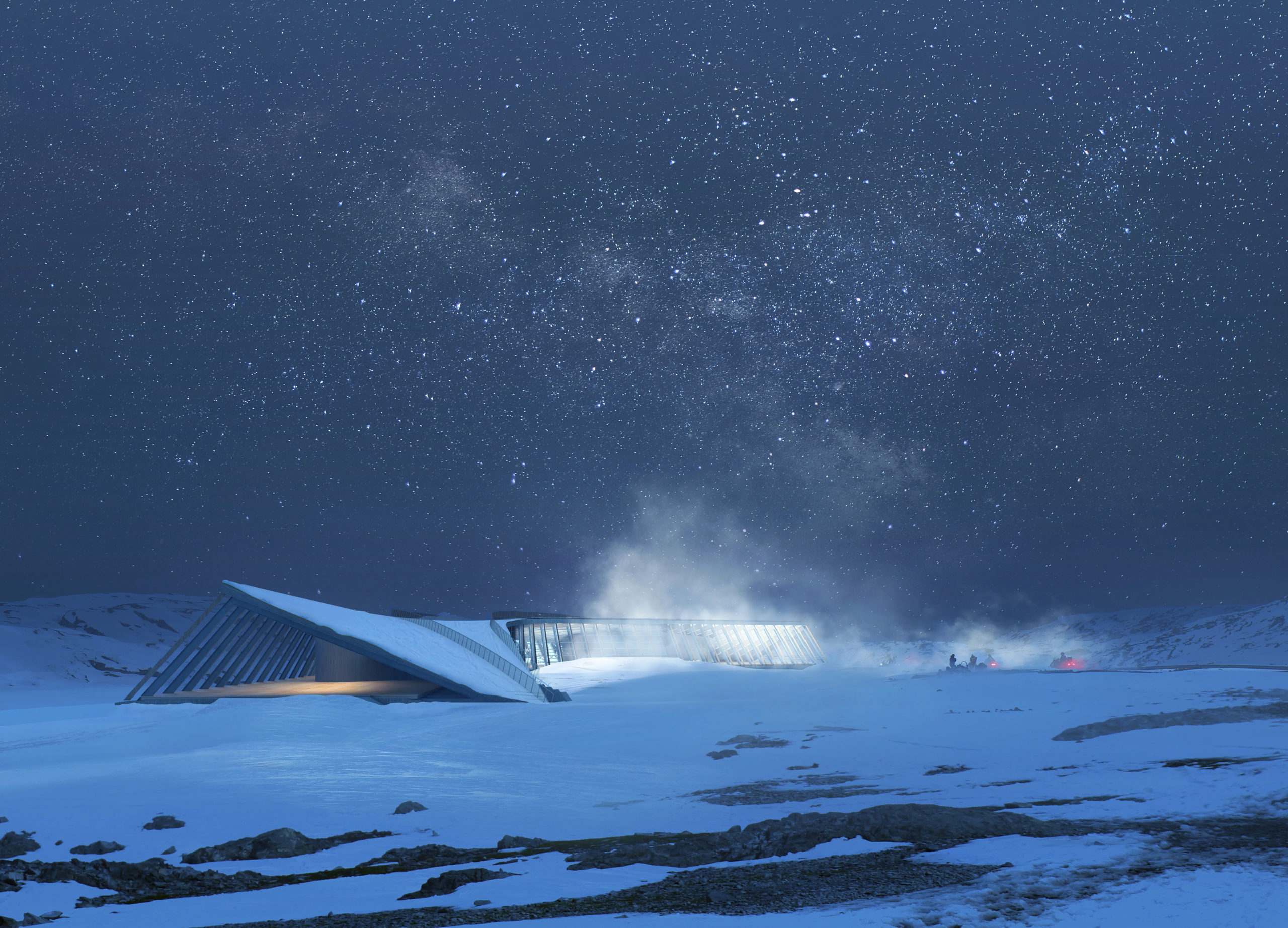
Foto: Mir
This article about climate change is written by Master of Science, Bo Christiansen, KULTURINFORMATION
